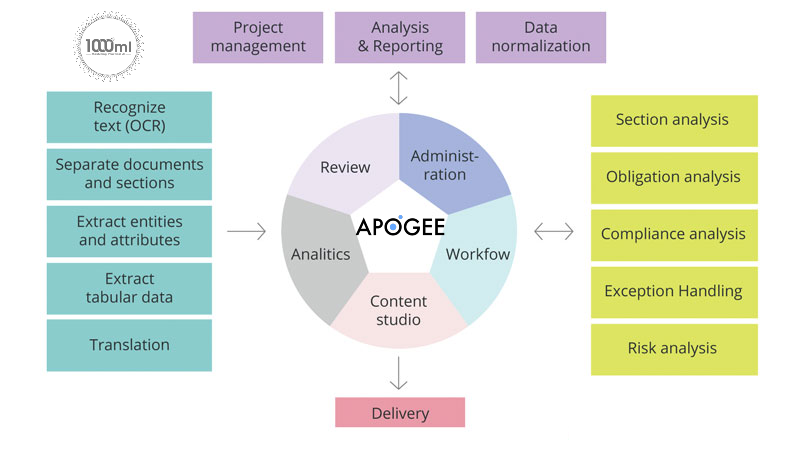hey may worry about the inhuman nature of AI and that it is a cold and thoughtless system. They assume that AI will replace many functions in the workplace, making it harder to control as usual.
But AI is more essential to businesses than people realize. CompTIA writes that about 86 percent of CEOs in the United States consider AI mainstream technology in their offices. More than 90 percent of top businesses also invest in AI for various purposes.
AI is helpful for many purposes, from spam filtering to automating processes to providing virtual customer support. But it’s easy for people to feel suspicious about how AI works and what people can expect from it.
The great news is that it’s never too late for businesses to accept AI and see that it’s a convenient solution for managing many business processes. There are a few things you can do with AI to get people to feel more comfortable with what it provides.
Interacting With AI Helps
One way people can become comfortable with AI is to interact with AI systems. Whether it entails teaching people how to use AI setups or training them about what works, people who work with AI systems can start feeling empathy for those setups. They will understand how they work and find ways to use them.
People can learn about how AI works by looking at the many ways they interact with it each day. LucidPix writes there are many ways how AI can work today. These include such things as:
- Navigation apps that automatically calculate directions to places and analyze traffic reports, user-reported events, and other factors to find the best routes;
- Facial recognition systems on cameras that create more precise facial profiles for photos before the user takes them;
- Smart assistants like Siri or Google Assistant that answer questions by providing online research;
- Spam filters working in business inboxes to identify known security threats and unwanted content;
- Online banking systems that can recognize signatures and other details.
AI is useful for helping people handle many tasks each day. Talk with people in your business about how they interact with AI, and have them understand how these systems work. Your workers will feel more confident in AI when they see how beneficial it is and how it can integrate itself into everyday life. You can also discuss any instances of AI currently in your workplace and how they work and make everyone’s job easier.

Dispelling the Black Box Belief
TechTarget states that some AI programs are black box systems where the operations are not visible to outside parties. Since many of the functions in AI programs aren’t visible to people, some workers might assume AI is magic and isn’t easy to trust.
Singularity Hub writes that the best way to explain to people that AI isn’t about magic is to discuss how it uses neural networks to find data. These networks go through extensive amounts of data and can make connections between different pieces of data that appear. The system refines itself after a while, as it can be adjusted to meet different standards for work.
The ways you can adjust an AI system can vary, as they can involve adding new databases or creating different instructions for work.
All AI programs work through some coding system. The coding process can be complex, so discussing development processes with a software production team will be necessary. You don’t have to ask the team to be fully transparent in explaining how a system works, but you should come away with some idea of how the team creates a program.

Humans Still Have Control
Another way to comfort peoples’ worries about AI is to state that while AI can find trends or patterns and make suggestions, it is the human who makes the final decision. The AI narrows down the ideas and gives the end user ideas for what can work.
National Academies writes people will continue to have control over AI through four measures:
- Automation through AI will drive humans to better manage different processes and keep various actions that aren’t controlled by AI in check. Certain parts of a process are automatically managed by the AI, and the human will take care of the other steps.
- Time frames of control can give people long-term dominance over settings, while AI focuses on immediate settings. A smart thermostat’s ability to trigger heating and cooling systems based on specific user-controlled parameters is an example. The thermostat immediately works when it reaches where terms the person establishes.
- There is also an evolution of control that involves the AI adjusting what it can control based on what it learns. Humans can program the AI with new instructions to transfer more control as necessary. The method for producing new rules will vary by system.
- Shared control is also possible between humans and AI. For example, a camera can identify how to focus on specific features, and the human chooses what one will handle.
While AI can help find useful ideas for what works in many situations, it is the person who has full control over the end result. This feature ensures the user stays comfortable with whatever happens in the setup.
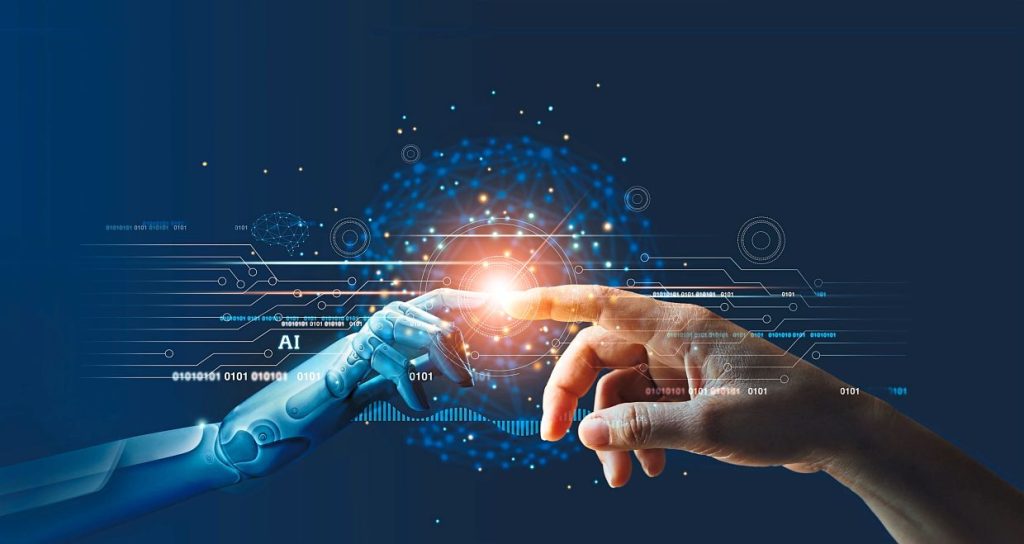
A Final Word
Artificial intelligence doesn’t have to be as scary as people might assume it could be. AI is something that humans can tame and control, but it is also a function that can be effective for many purposes when used well enough.
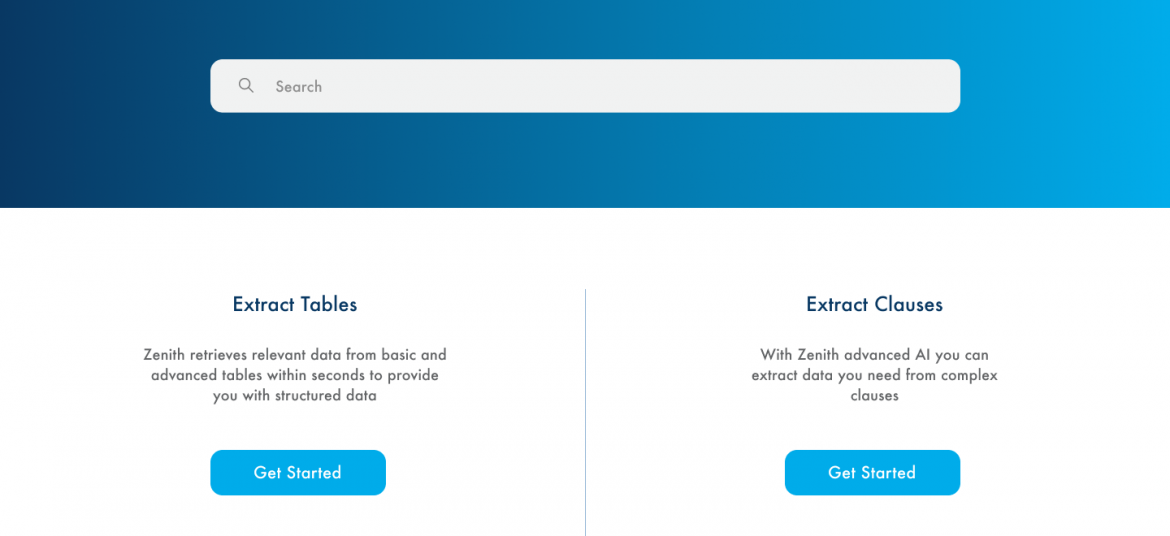

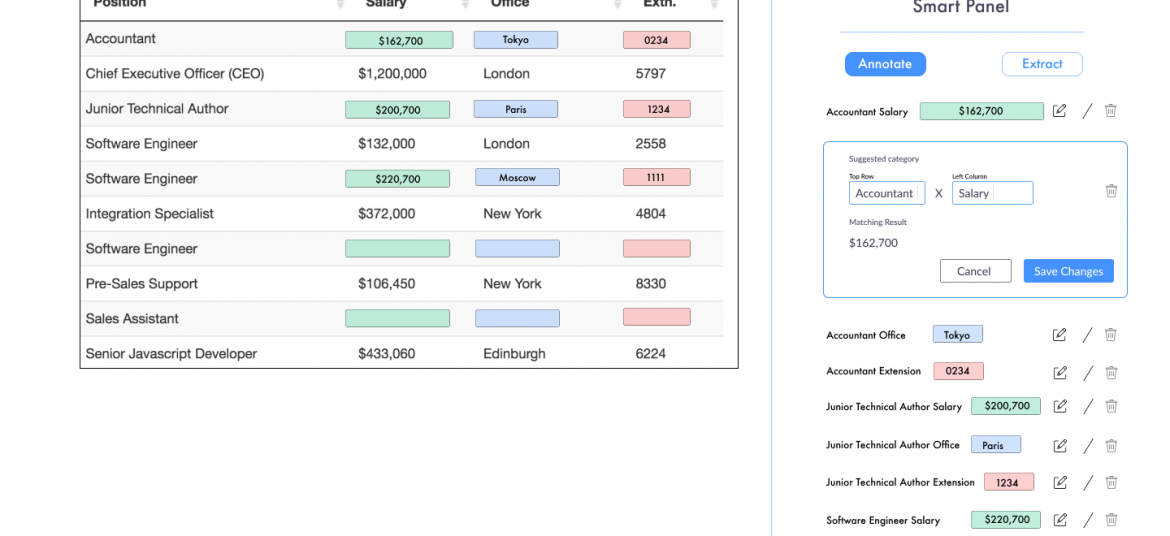
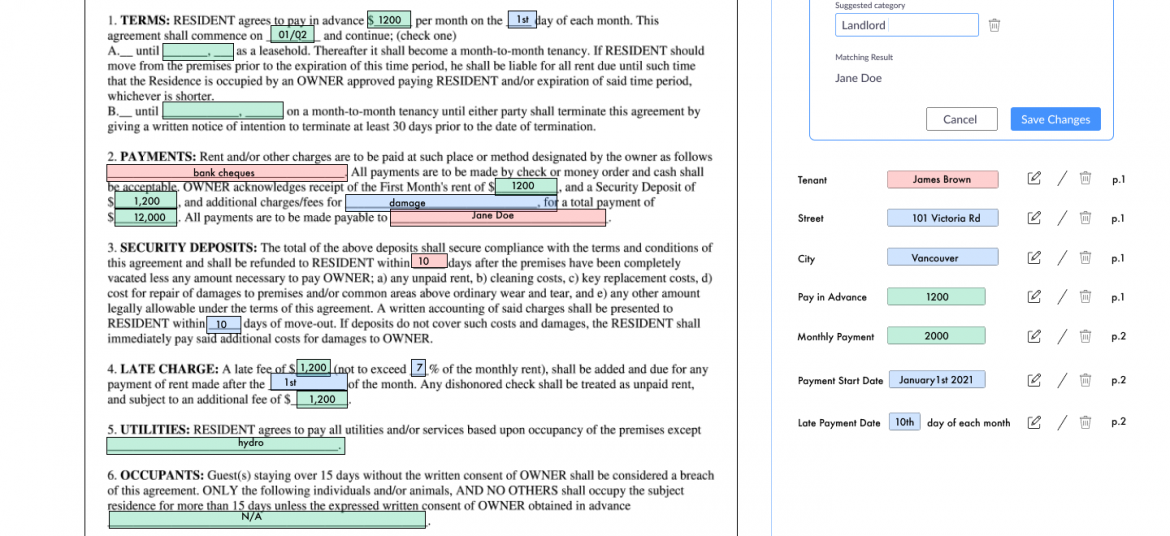
Apogee Suite of NLP and AI tools made by 1000ml has helped Small and Medium Businesses in several industries, large Enterprises and Government Ministries gain an understanding of the Intelligence that exists within their documents, contracts, and generally, any content.
Our toolset – Apogee, Zenith and Mensa work together to allow for:
- Any document, contract and/or content ingested and understood
- Document (Type) Classification
- Content Summarization
- Metadata (or text) Extraction
- Table (and embedded text) Extraction
- Conversational AI (chatbot)
Search, Javascript SDK and API
- Document Intelligence
- Intelligent Document Processing
- ERP NLP Data Augmentation
- Judicial Case Prediction Engine
- Digital Navigation AI
- No-configuration FAQ Bots
- and many more
Check out our next webinar dates below to find out how 1000ml’s tool works with your organization’s systems to create opportunities for Robotic Process Automation (RPA) and automatic, self-learning data pipelines.
